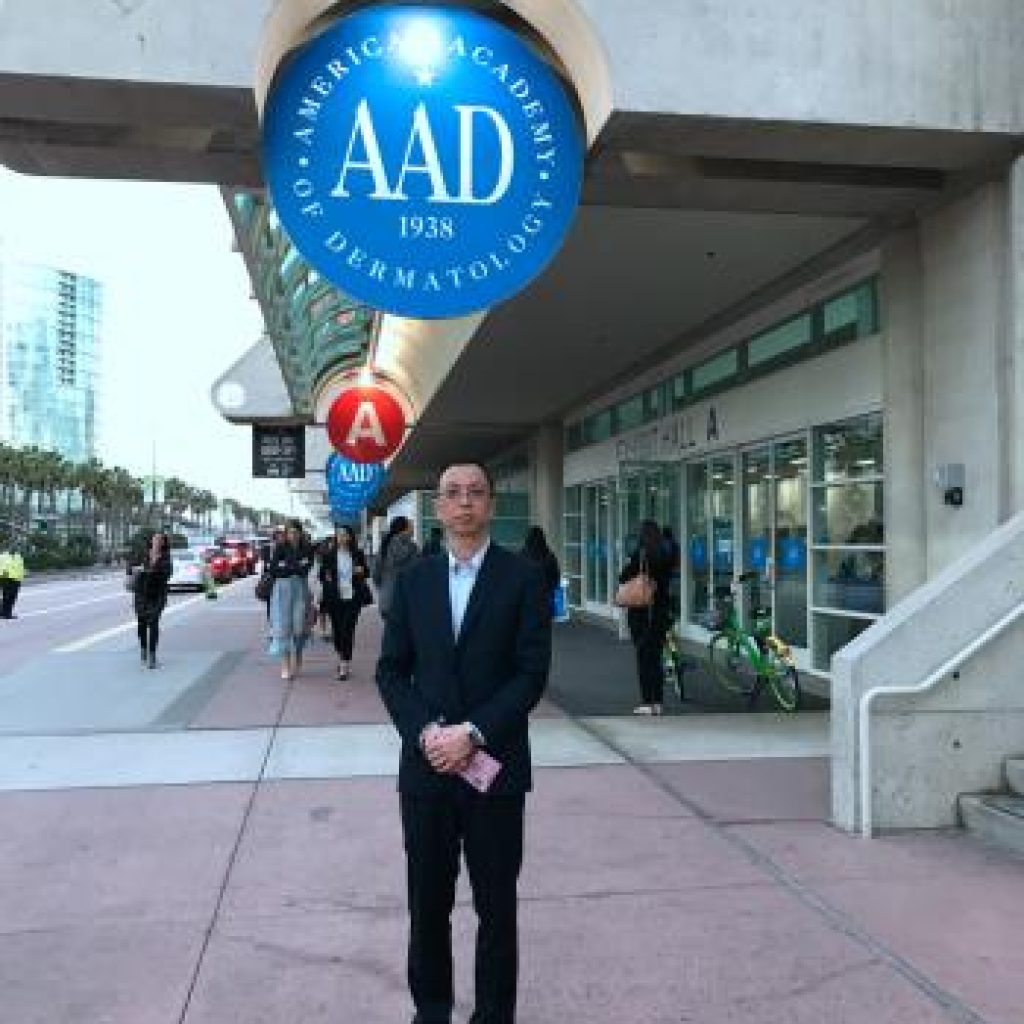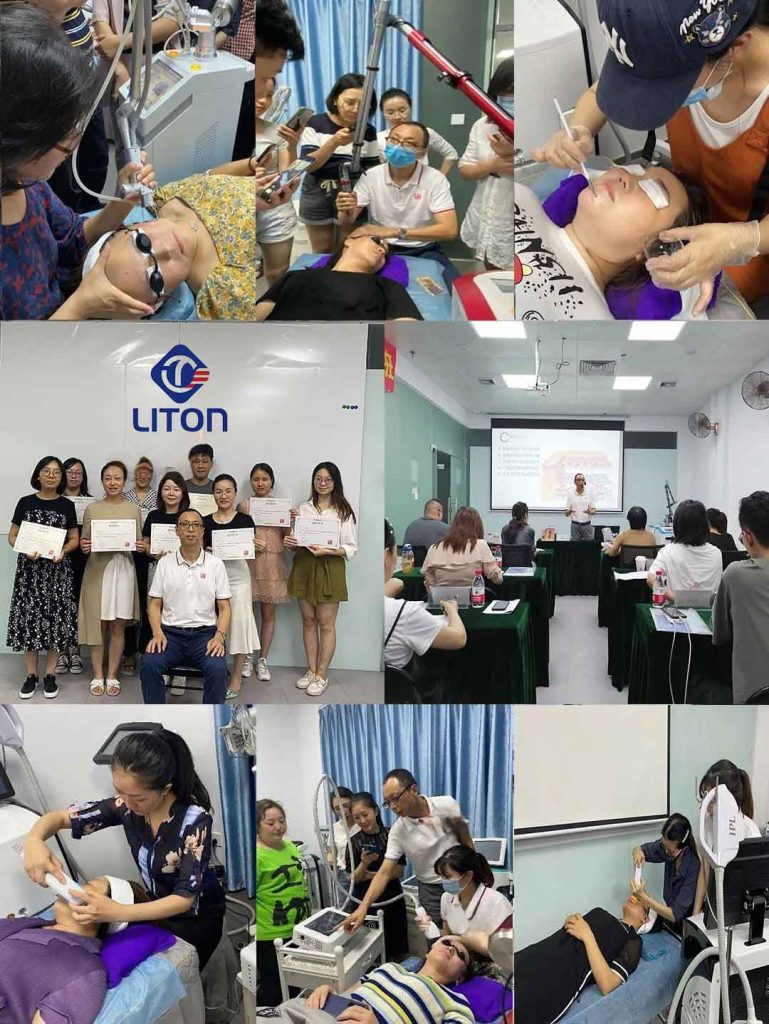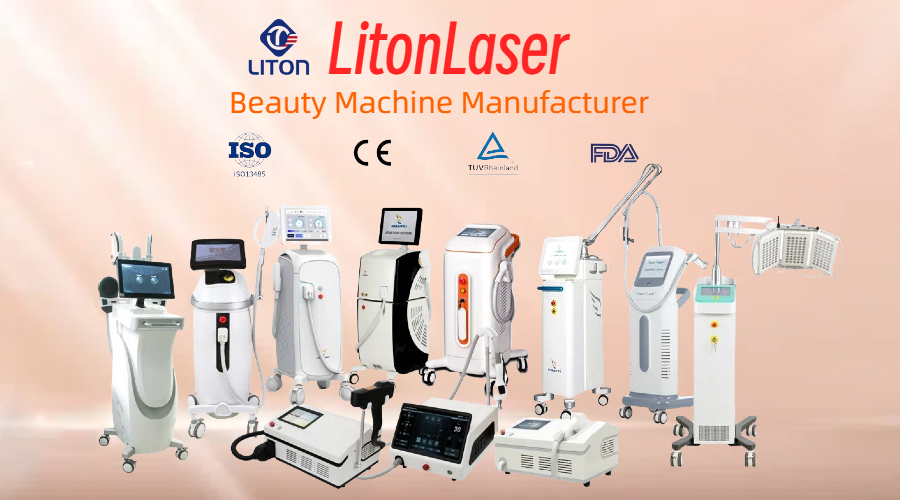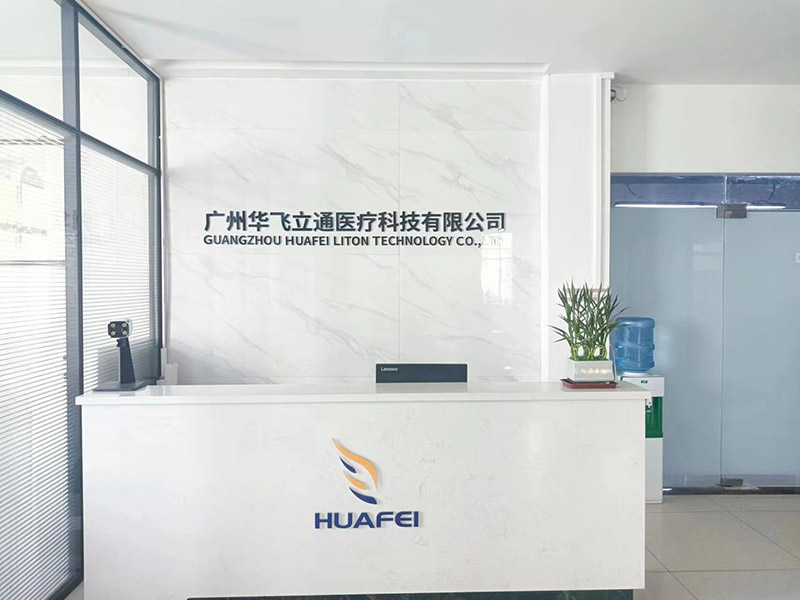Medical Device Education Professor Hong

Dr. Hong
Professional professor of medical equipment, founder of beauty equipment training laboratory!
Mr. Hong is one of the few interdisciplinary professionals and education experts in the optoelectronic medical aesthetic industry in China. After years of interdisciplinary research, he has studied the principles and applications of various lasers and optoelectronic devices, the mechanism of laser-skin interaction, and integrated the physiological, pathological and pharmacological effects of various skin problems, and established a highly logical, qualitative and quantitative scientific diagnosis and treatment system from the perspective and foundation of “Derma- laser physics” and from the underlying scientific logic.
He is the inventor of the widely recognized and popularized “TRIPLEX” therapy for pigmentation treatment, and the creator of the “3-2-1” application technology for skin repair. He independently proposed, summarized a large number of treatment methodologies, which were embodied in the textbook of “Core Treatment Technology of Optoelectronic for Skin Aesthetic” edited by him.
The textbook has been compiled since 2016, and after hundreds of trainings, it has evolved to the latest version 7.0 so far, with a complete and original photoelectric combined therapy theory system and a logical treatment method. The textbook is theoretically rigorous,well-integrated, science-based, and treatment-oriented. It has a strong practical guidance role,and is widely accepted and recognized in the domestic dermatological and aesthetic medicine circles and scientific and technological beauty industries
Professor Hong’s unique teaching style transforms complex and abstract optoelectronic technologies concept into easy-to-understand content, allowing dermatologists and professionals to fully equip these cutting-edge knowledge skills in more than 100 formal education sessions.
From 2016 to 2024, Mr. Hong Jun has trained a large number of excellent dermatologists and other professional practitioners, who start from the essential starting point of laser physics and the principle of photoelectric skin action, combine the original familiar skin professional skills,master the logic of photoelectric application science, and become interdisciplinary professionals who adapt to the new era, and serve beauty seekers all over the world.
Laser Aesthetics Training Video
Laser Beauty Core Technology Training Course
Theoretical Guide and Scientific Treatment!
Course core content:
- The core principles and practical techniques of photoelectric beauty
- The six core elements of laser treatment
- In-depth discussion on the treatment of triad pigment spots
- Clinical application and theoretical knowledge of laser equipment
- End point reaction and repair principles of laser treatment
- 3D mesodermal anti-aging treatment
- Comprehensive treatment methods for problematic skin
- Combination of laser postoperative repair products
Course Goals:
Photoelectric beauty technology is essentially a cross-border marginal discipline that integrates photoelectric principles and contemporary pathological pharmacology, and is highly scientific, logical, and systematic. However, many doctors and senior operating technicians lack theoretical knowledge of the principle of laser action. LitonL provides senior photoelectric beauticians and dermatologists with a high-level training that combines “laser principles with beauty practice”.
Through detailed analysis, starting with the basic principles of laser and skin action, multi-dimensional integration of equipment, symptoms, and cases, and using treatment theory as a guide, it provides professionals with scientific treatment logic and operation methodology, helping professionals to leapfrog to improve the technical level of treatment and further improve their competitiveness with their peers.
Course Contents:
Day 1
1. The core principles and practical techniques of photoelectric beauty (Part 1).
2. The six core elements of laser treatment:
- Common photoelectric color wavelengths, how to choose wavelengths for different skin problems?
- What is pulse width, how to adjust the pulse width for treating different target tissues?
- The penetration depth of different laser wavelengths, and the relationship between penetration depth and laser wavelength?
3. In-depth explanation of the three-step pigment spot treatment method (Part 1):
- The causes of pigment spots, the skin layers where different pigment spots are located
- The general outline of the three-step pigment treatment method
- Comprehensive treatment technology for inflammatory pigmentation
- Comprehensive treatment technology for chloasma and complex spots
4. In-depth explanation of the three-step pigment spot treatment method (Part 2):Comprehensive treatment technology for freckles, age spots, nevus of Ota, and brown-blue nevus.
5. Practical case analysis, Q&A discussion.
6. Laser postoperative repair: 3 + 2 + 1 repair principle and postoperative repair product matching.
7. Group practice for students.
Day 2
1. Core principles and practical technologies of photoelectric beauty (Part 2):
- Which skin target tissues are mainly absorbed by different lasers?
- The relationship between competitive absorption of target tissues and penetration depth?
- What is the laser power intensity required to effectively treat different skin problems?
- What is the correct endpoint reaction of the skin after various laser treatments and when does the reaction occur?
2. Explanation of key points and difficulties in Q-switched/picosecond laser application technology:
- What is the relationship between the spot size, spot diameter and energy density of Q-switched/picosecond lasers?
- How long does it take for the skin endpoint reaction to occur after Q-switched/picosecond laser treatments of different wavelengths?
- What is the endpoint reaction of Q-switched/picosecond laser treatments of different spots?
3. IPL core and deep application technology:
- What is the difference between intense pulsed light and laser, and the relationship between wavelength and energy?
- What is the relationship between IPL sub-pulses and pulse delays?
- Treatment principles and methods of total energy fixed IPL
- Treatment principles and methods of total energy superposition IPL
4. Comprehensive treatment technology for acne.
5. Photoelectric + acid combined treatment and project combination analysis:
- IPL combined with salicylic acid/compound acid for oil control and acne removal
- IPL combined with salicylic acid/compound acid for whitening and lightening
- 1927nm fractional thulium laser combined with salicylic acid/compound acid for whitening and lightening
- 1927nm fractional thulium laser combined with salicylic acid/compound acid for improving photoaging
- CO2 fractional laser combined with salicylic acid/compound acid for improving photoaging
- CO2 fractional laser combined with salicylic acid/compound acid for treating acne pits
6. Students are divided into groups for practical operation.
Day 3
1. Comprehensive application technology of ablative and non-ablative fractional lasers such as CO2 fractional laser and 1927nm fractional laser:
- What are the differences in the application of ablative and non-ablative fractional lasers?
- What are the characteristics of 2940 erbium laser in the skin?
- What are the characteristics of 1550 erbium glass laser in the skin?
2. Learn how to flexibly use laser equipment + repair products to solve anti-aging problems.
3. IPL, fractional laser, radio frequency, ultrasonic knife, acid, and repair product combined anti-aging solutions, product settings.
4. Beauty anti-aging and wrinkle removal technology and application: including 7D polylift, ultrasonic cannon, Fotona4D, sofwave and other treatment principles and technical explanations.
5. Photoelectric + acid comprehensive treatment technology for acne. Acne is the most common skin disease. Combining laser and salicylic acid technology can effectively remove acne.
6. How to treat acne pits and acne marks.
7. Students ask questions about cases, and teachers analyze and answer them.
8. Students discuss in groups and teachers provide guidance on practical exercises.
Laser Training Course Photos:



